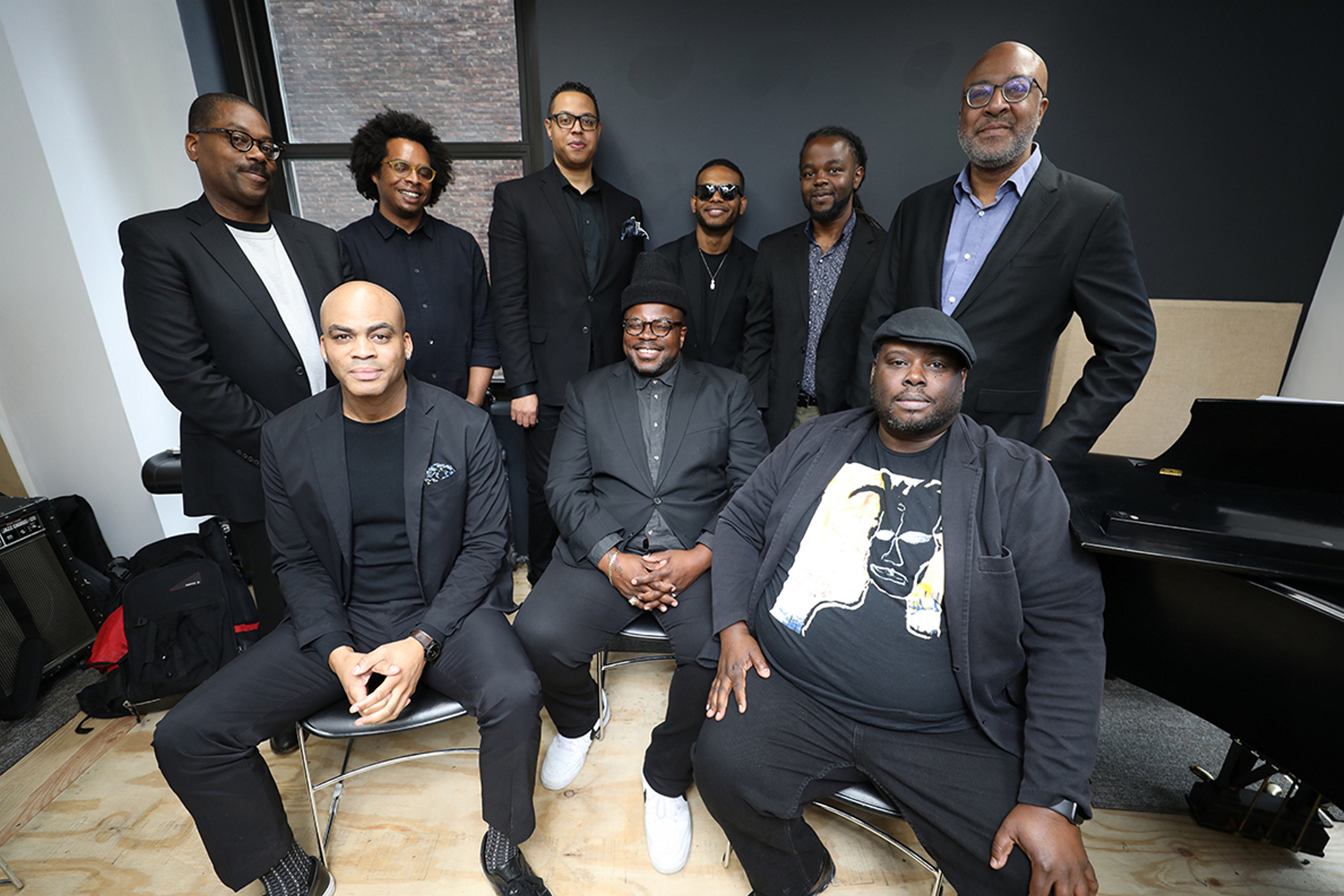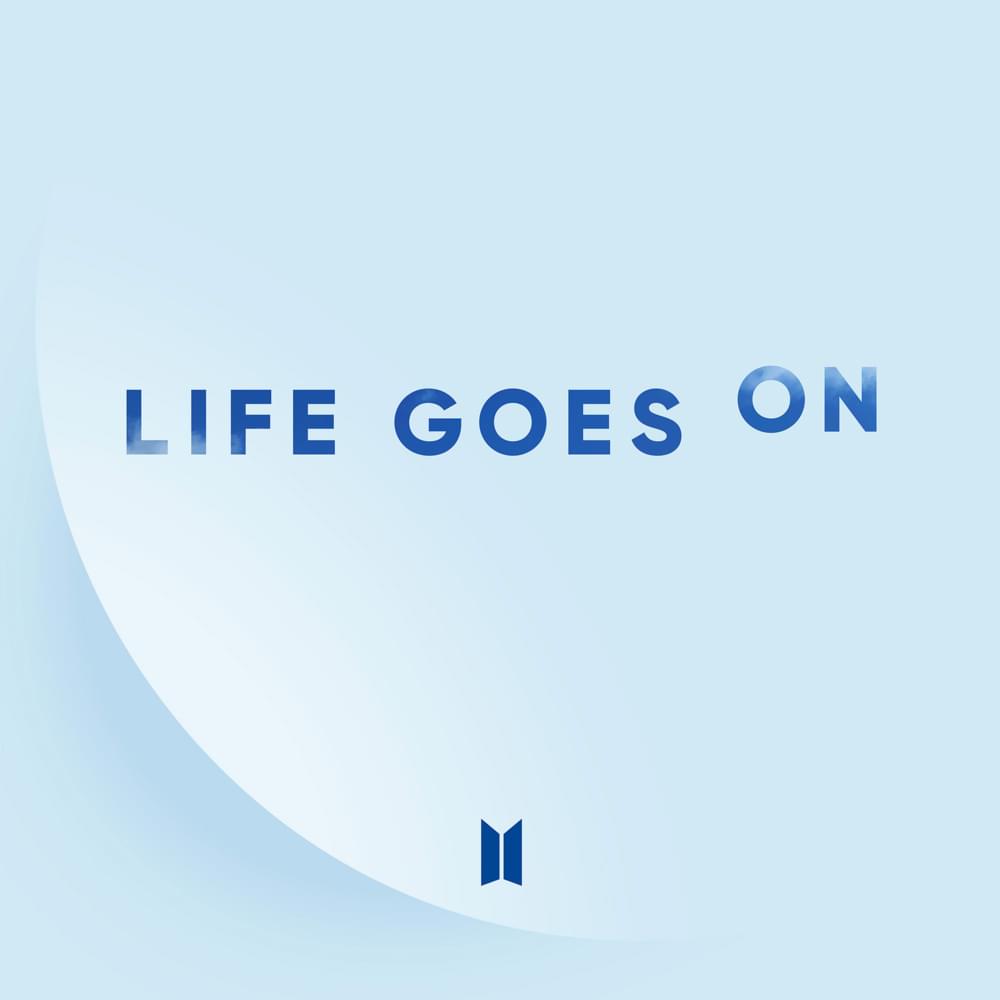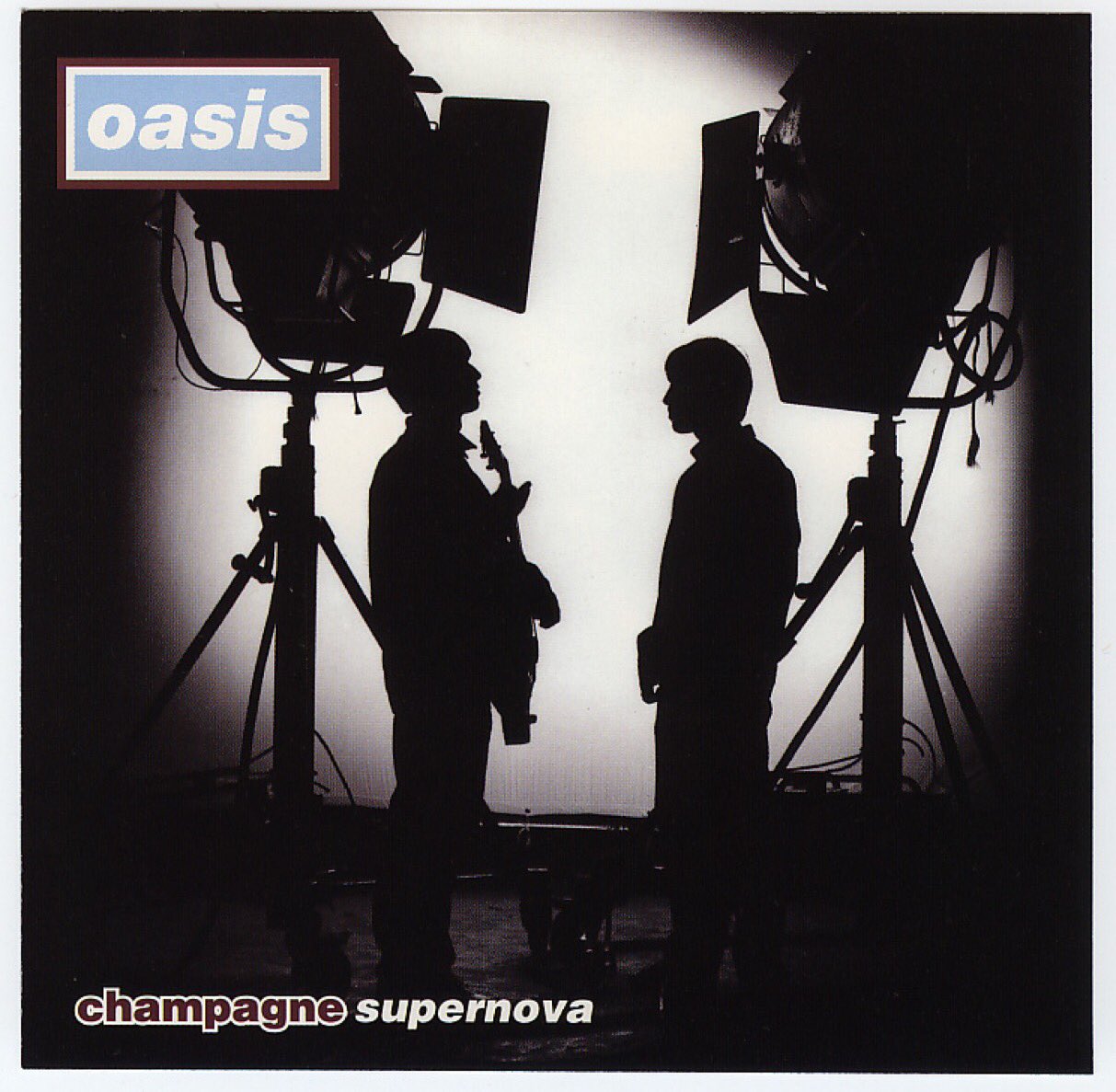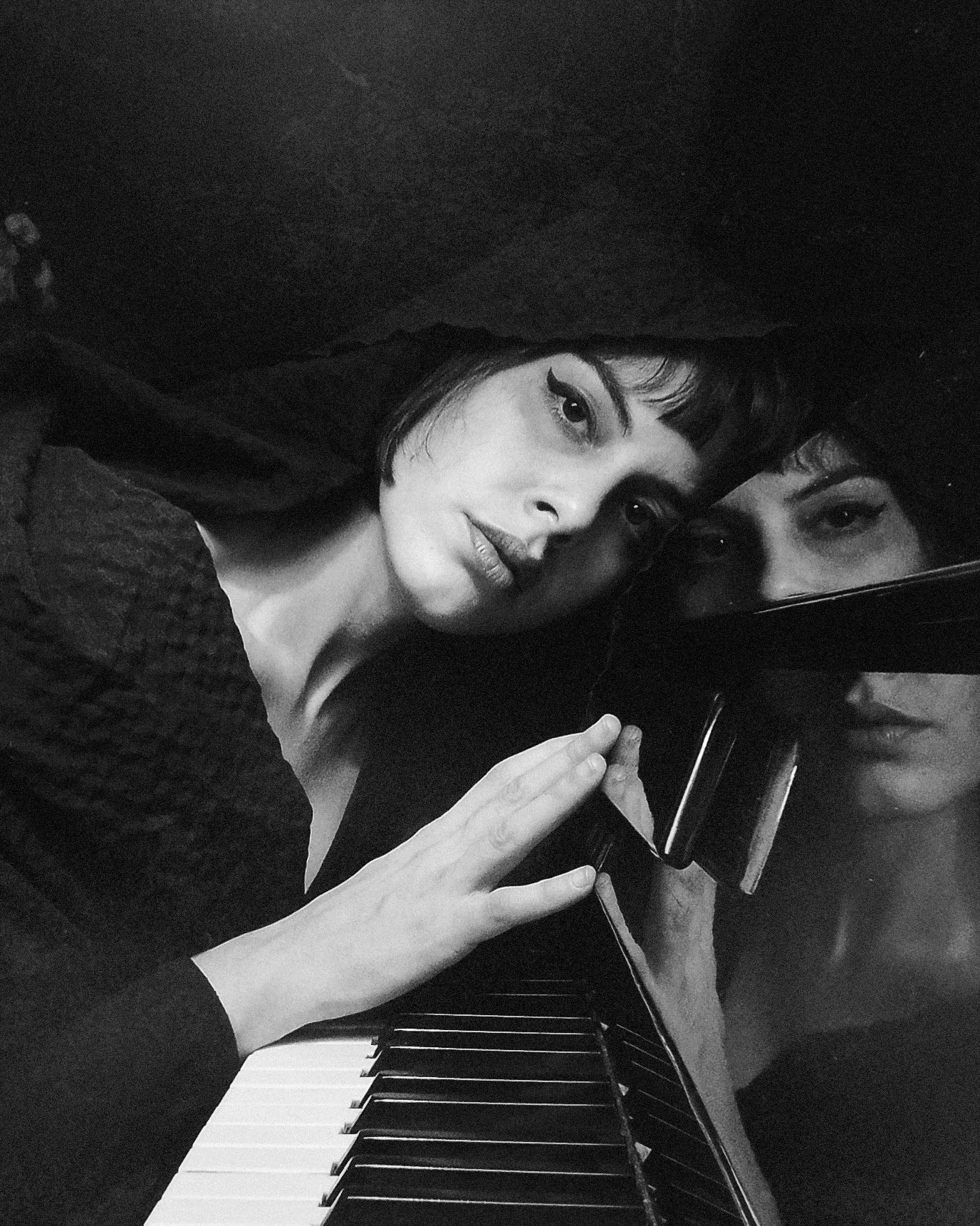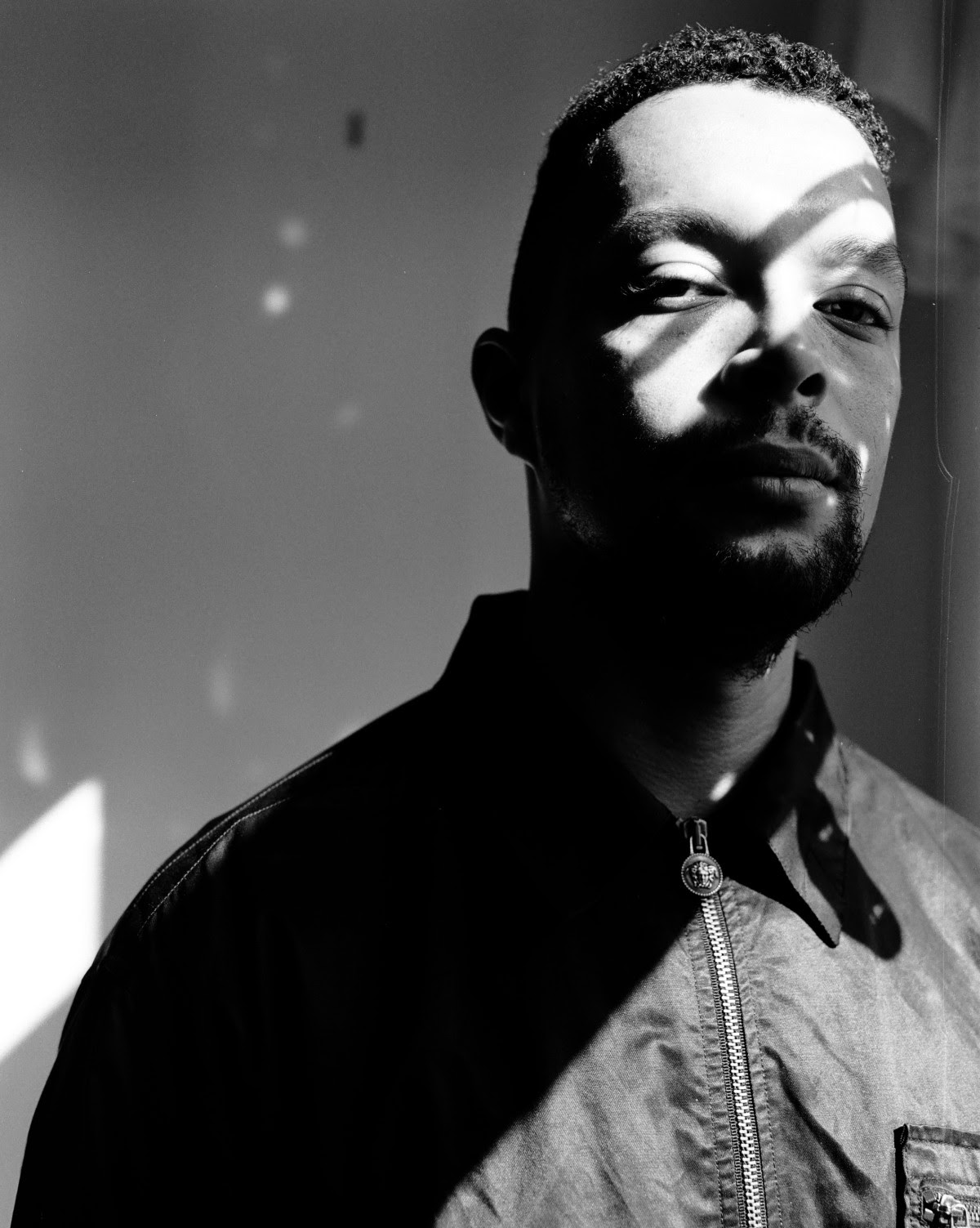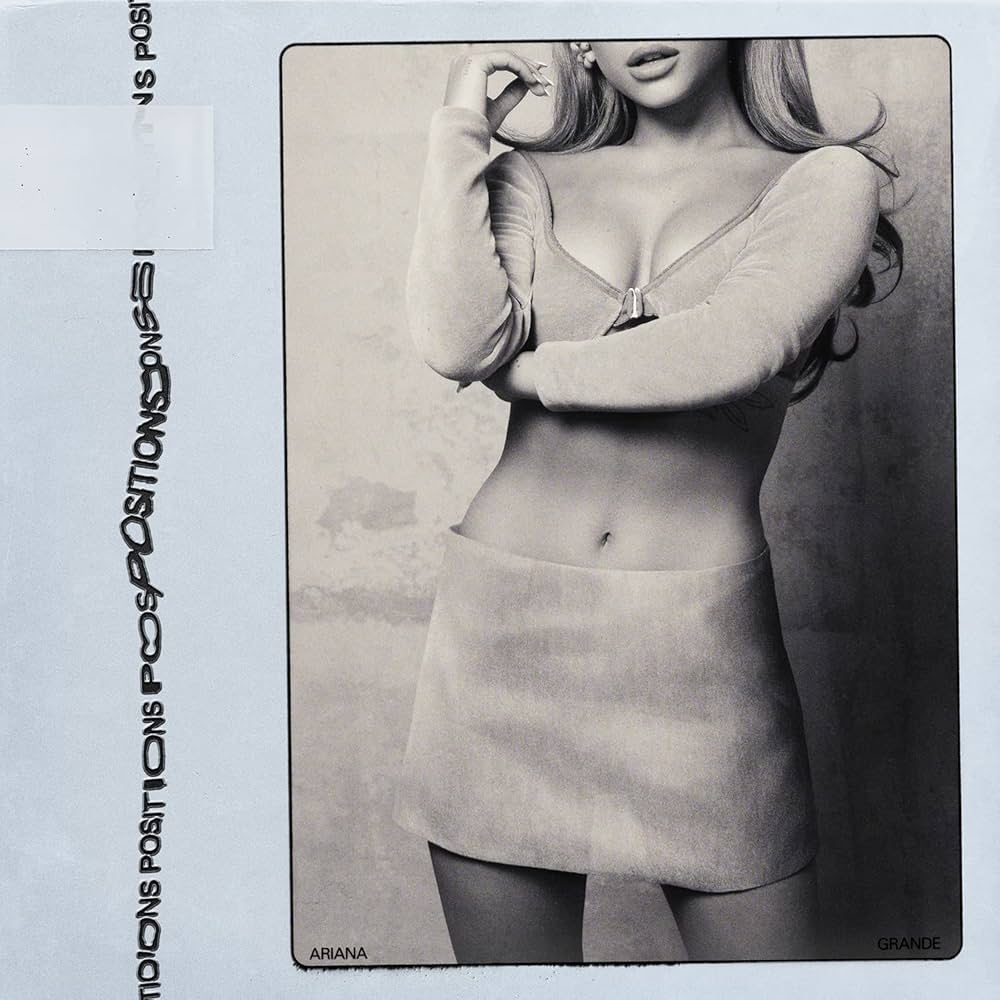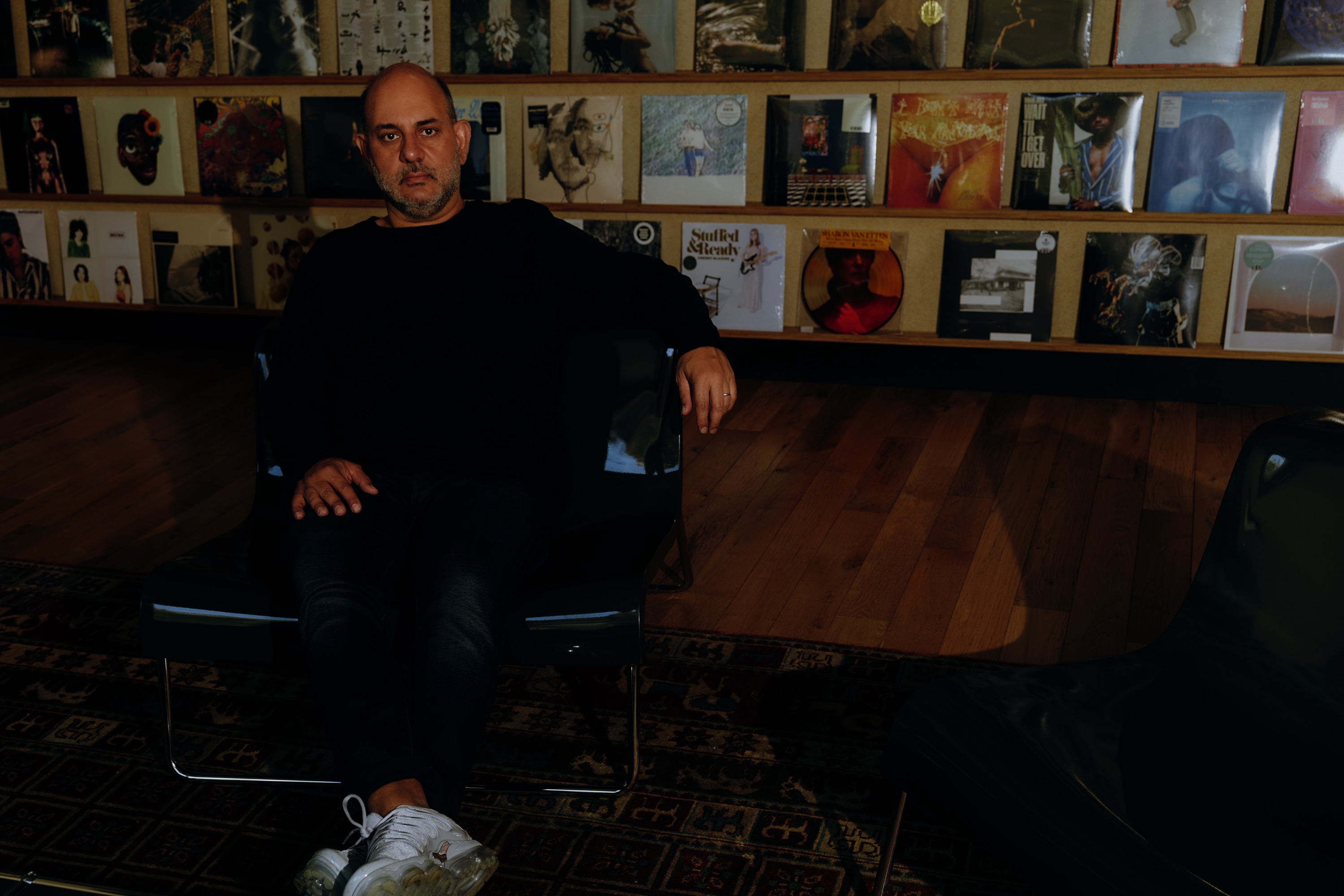The Black Art Jazz Collective came together in 2013, with saxophonist Wayne Escoffery, trumpeter Jeremy Pelt, trombonist James Burton III, pianist Xavier Davis, bassist Dwayne Burno, and drummer Johnathan Blake. Burno died suddenly in December of that year, though, and the other members recruited Vicente Archer to replace him.
Jeremy Pelt told me in 2018, "The band came together via Wayne Escoffery…He was the one that expressed a desire to put together a band to celebrate — at first, the mission was kind of to celebrate Black icons through our artistry. And he called myself and Johnathan Blake. We met at a bar to talk about how we should put together the band and who should be in the band. And so after we decided on the musicians, then we just called and everybody was down to do it, you know, especially because we all wrote music."
That one factor — the presentation of new compositions by the Collective's members — is crucial, and it's what sets the group apart. Other all-star bands made up of players one or even two generations older than the Collective, like the Cookers or Heads Of State, draw from their members' back catalogs or the standard repertoire, but don't often premiere new music. But Escoffery insists on it. He told me by phone earlier this month, "I pretty much task all of the members with, you know, writing a piece of music for the ensemble. But I don't tell them how to write. I don't tell them if I want something energetic or slow, I don't tell them what style — I don't give them any parameters. I just pretty much say, compose some original music for the band and bring it in. Some of the pieces on the [new] album were written within a few days of recording, you know."
The Collective's first two albums, 2016's live Presented By The Side Door Jazz Club and 2018's Armor Of Pride, were thrilling examples of high-level acoustic jazz, reminiscent of '70s and '80s albums by McCoy Tyner, Woody Shaw, Cedar Walton's Eastern Rebellion, and other acts that played to diehards in the fusion era. One could also trace their lineage through the '90s and '00s work of leaders like Jackie McLean and Ralph Peterson; Escoffery had worked with the former man, Pelt the latter.
In our 2018 conversation, Pelt told me, "The kind of pedigree that's in that band is, you know, we're all kind of six degrees of separation from those kinds of bands, like the Woody Shaw bands or Eastern Rebellion. I mean, I played with Cedar for years, you know, and obviously Johnathan Blake's dad [violinist John Blake, who played with McCoy Tyner and with Grover Washington Jr.] being who he was, I'm sure Blake was around McCoy, you know what I mean? So we all have that to draw from. And it really goes into our music."
In 2020, Escoffery and Pelt swapped out the whole rhythm section, bringing in pianist Victor Gould (also a member of the trumpeter's group at the time), bassist Rashaan Carter, and drummer Mark Whitfield Jr. for Ascension. I spoke to Escoffery around that time, and he explained that all the new members understood the idea behind the band, and had in fact subbed in on gigs prior to becoming official members. They had also worked together in other contexts. "When you're picking the rhythm section, it's important to pick people who play together a lot. And [Rashaan Carter] and Mark Whitfield Jr. and Victor actually have played together a lot, particularly with Wallace Roney."
This year, the group is celebrating its tenth anniversary, slightly delayed by the pandemic, and they've just put out a fourth album, Truth To Power. On this record, Escoffery, Pelt, and Burton are joined by both of their rhythm sections. Six of its 10 tracks feature the returning team of Davis, Archer, and Blake, while Gould, Carter, and Whitfield play on the remaining four. Oh, and the title track brings in two guest trumpet players, Wallace Roney Jr. and Josh Evans, because this record is Jeremy Pelt's last with the group. He's moving on, focusing on his continuing solo career. His new album, Tomorrow's Another Day, will be reviewed in next month's column. He's also just released the fourth volume in his Griot book series, compiling interviews with fellow jazz musicians, including saxophonists George Coleman and Isaiah Collier, drummer Billy Hart, pianist Eric Reed, and many others. The whole series is a crucial and fascinating history of jazz, recommended without reservation.
Escoffery, Pelt, Burton, and Blake each contribute two new compositions to the album, while Davis and Gould offer one each. Escoffery wrote the title piece, which features a passionate opening horn fanfare over a droning bowed bass, quickly giving way to a long and complex melody. It also serves as a trumpet battle of sorts, allowing each player — Pelt, Roney, and Evans — to take turns in the spotlight, but in a way that serves the composition rather than just allowing them to attempt to outdo each other with pyrotechnic runs.
"'Truth To Power' is a pretty special piece," Escoffery told me, "in that I was actually commissioned in 2020 by the Yale School of Music to write a piece for jazz quintet and string quartet. [They] invited 14 BIPOC composers to write music surrounding the events of George Floyd's murder and kind of related to the Black Lives Matter movement. So this piece was written back then…and then when we decided to record a Black Art Jazz Collective album, I decided to kind of pare it down and re-orchestrate it for Black Art Jazz Collective."
His other contribution is "Lookin' For Leroy," named after something that Ralph Peterson used to say; "Leroy" was his collective name for roadies and crew members on tour. It's a florid but gutsy hard bop tune built around a fanfare-like melody and a hard-swinging groove, and Escoffery says, "I guess if I were to categorize it, it's reminiscent of the '90s, you know, something like Roy Hargrove might have done back then in his early career or something like what Ralph or people that were really prominent at that time, the kind of sound that they were going for. When I wrote that, I had definitely Ralph in mind, I had Roy Hargrove in mind, I had that kind of era of music in mind. You know, the '90s was a very formative time for me; that's when I was really heavily influenced by people like the aforementioned."
"Truth To Power" spotlights the duality at the heart of the BAJC project, which is that it's a group intended to glorify Black artists and stand proudly for high-level acoustic jazz, but at the same time, artists are often called upon by society to comment on tragedy and to in some ways monetize pain. Escoffery says that while he recognizes the contradiction, and that it might be nice to just make explicitly joyful music, he sees that as an essential part of the jazz tradition. "I mean, in many ways, the whole idea of jazz really comes out of trauma. And that's kind of what Black music has always done, kind of turned trauma into joy, and turned melancholy into joy. And so in a way…it would be nice to not necessarily always be sought out in that regard, but that being said, African-American artists have always done that. You know, unfortunately, the story of Black people in America is trauma. And we always have found a way to create art and to provide joy, even, despite that. So for better or for worse, that's kind of part of our legacy in a way."
Legacy is something that's very much on Wayne Escoffery's mind. He came up in Jackie McLean's band, learning the music as well as the life, and with the Black Art Jazz Collective and his decades of service in the Mingus Big Band, he's intent on preserving that and passing it on to the next generation. "You know, there really aren't that many ensembles like this anymore. And I hate to [bring up] Art Blakey And The Jazz Messengers because we don't sound like Art Blakey, and we don't want to sound like Art Blakey And The Jazz Messengers, but just that instrumentation of trumpet, trombone, and tenor with a rhythm section and doing original music…there's not that many groups doing that. And in some ways it's a lost art. And I think it's important, you know — myself, Jeremy, and James Burton have really developed a very strong horn sound. And I think it's important for young horn players to be able to get this experience. So, you know, Jeremy's been in the band for 10 years. He did his time. We made a lot of great music. And I think it's great that he's kind of passing the baton to some of these other great trumpet players who I think would benefit a lot from this experience."
TAKE 10
Cornelia Nilsson - "Ugly Beauty"
Swedish drummer Cornelia Nilsson has been playing professionally for a while, but has only begun to emerge in the last few years. She's made three albums as part of pianist Mathias Landæus's trio, and last year released Scenery Somewhere, a duo disc with alto saxophonist Julia Strzalek that consisted of a single 27-minute improvisation, recorded in a former hospital chapel. Where Do You Go? is her debut as a leader and features two different trios. On six of its 10 tracks, Nilsson and bassist Daniel Franck are joined by pianist Aaron Parks; on the other four, saxophonist Gábor Bolla tags in. The music is a mix of originals, standards, and pieces by Ornette Coleman, Bud Powell, and Thelonious Monk. Nilsson, Franck, and Bolla take a leisurely walk through "Ugly Beauty," with the drummer sticking almost entirely to the hi-hat and cymbals and the saxophonist treating the melody like a mantra. (From Where Do You Go?, out now via Stunt.)
Charles Lloyd - "Monk's Dance"
Charles Lloyd has worked with pianist Jason Moran off and on for a long time; Moran first appeared on the saxophonist's 2006 album Rabo de Nube, with bassist Reuben Rogers and drummer Eric Harland. That group made two studio albums and two live albums, and Lloyd and Moran also released a duo disc. Now they've teamed up again, with a new rhythm section: Larry Grenadier is on bass, and Brian Blade on drums. I go back and forth on Lloyd. His Sixties quartet with Keith Jarrett, Cecil McBee, and Jack DeJohnette was pretty amazing, but a lot of the work he's done since has been kinda underpowered, to my ear. This track, though, lets Moran go wild up front, bridging the gap between Monk, his own stride inclinations, and Cecil Taylor, and when the band comes in, they play hard, even the leader. This is Lloyd's best in a while. (From The Sky Will Still Be There Tomorrow, out now via Blue Note.)
Ill Considered - "Jellyfish"
The London-based trio Ill Considered — saxophonist Idris Rahman, bassist Liran Donin, and drummer Emre Ramazanoglu — released an avalanche of material, all either live or improvised in the studio, between 2017 and 2019, then moderated their pace somewhat. Their first truly polished release, 2021's Liminal Space, featured a slew of guests, but on their new album Precipice, they've brought things back to basics. The album was recorded in three two-hour sessions, with no overdubs, everyone playing together in a single 10'x10' room. The opening track, "Jellyfish," is built around a hypnotic three-note vamp from Donin. Ramazanoglu rumbles and tumbles all over his kit, constructing a beat out of what seems like far too many parts to ever sit comfortably, while Rahman goes wandering, his solo gritty and powerful in a way that reminds me of classic Coltrane, David S. Ware, and other forceful spiritual explorers. Ill Considered are about serious business. (From Precipice, out now via New Soil.)
Amaro Freitas - "Encantados"
I've been obsessed with Brazilian pianist Amaro Freitas since his second album, 2018's Rasif. His percussive, intensely rhythmic approach to composition and the keys gives his music a hard-charging energy I don't hear in anyone else out there right now. Y'Y (a word meaning water or river in the Sateré Mawé language; it's pronounced "ee-yeh, ee-yeh") is his fourth album, and his first without his long-standing rhythm section of bassist Jean Elton and drummer Hugo Medeiros. Instead, he's invited a slew of American and British guests, including guitarist Jeff Parker and harpist Brandee Younger. "Encantados," which closes the album, features Shabaka Hutchings on flute, Aniel Someillan on bass, and Hamid Drake on drums. Built around a high-speed, luridly pulsing melody, it reminds me of a McCoy Tyner tune from the mid '70s like "Walk Spirit, Talk Spirit." The band careens along for nearly 10 minutes, everyone frantically chasing the others. (From Y'Y, out now via Psychic Hotline.)
Ivo Perelman - "Spiritual Growth"
Brazilian saxophonist Ivo Perelman is a fountain of music, with well over 100 albums to his name. (Full disclosure: I've released two of his records on my Burning Ambulance Music label.) His latest album may offer a doorway into his work for free jazz fans who haven't checked him out before now. It's a trio disc featuring bassist Marc Helias and drummer Tom Rainey, both collaborating with Perelman for the first time. And while the music is fully improvised, it has an inner discipline and implied structure that will make sense to listeners familiar with the work of Albert Ayler, particularly his landmark 1965 album Spiritual Unity. "Spiritual Growth" starts with a deep, droning bowed bass passage before Perelman comes in, playing with an almost romantic tenderness; as the piece goes on, Rainey gives it a jolt of punk-rock energy, before they bring it gently down to earth at the end. (From Truth Seeker, out now via Fundacja Słuchaj.)
Cassie Kinoshi's seed. - "ii"
Alto saxophonist Cassie Kinoshi has been leading seed for several years — their debut album, Driftglass, was one of my favorite albums of 2019, a disc I still return to. This isn't exactly a follow-up; it's a much more ambitious work that uses the core group as the heart of an expanded ensemble that also ropes in turntable wizard NikNak and the London Contemporary Orchestra. gratitude is a six-part (four movements, two interludes), 21-minute work performed by 18 musicians in total live at London's Southbank Centre in March 2023. The music has a pastoral, shimmering quality that emanates from the strings and massed horns, but NikNak is really key to the whole thing, as her abstract sounds augment rather than disrupt. The second movement, though it flows organically from the first, stands out for me because it gives solo space to Shirley Tetteh, a brilliant guitarist who doesn't get enough recognition. (From gratitude, out now via International Anthem.)
Chris Potter - "Cloud Message"
Saxophonist Chris Potter is constantly starting bands. He's got some favorite collaborators, like keyboardist Craig Taborn and drummer Eric Harland, but other than his late-200s quartet Underground, he rarely makes two albums with the exact same personnel. His latest release features a true all-star lineup. On piano, Brad Mehldau! On bass, John Pattitucci! On drums, Brian Blade! All eight tracks on the album are new compositions, which I guess is a selling point, too, though they're doing straightahead jazz quartet stuff — nothing shatters expectations in that regard. You get some hard-blowing tunes, some ballads…you know the deal. The point is hearing these four men interact, bringing their long history of collaboration, in one context or another, to bear. Blade, as always, is a monster, and he pumps the other three full of energy, not that Potter needs help. On "Cloud Message," he's soaring and diving like a bird of prey. (From Eagle's Point, out now via Edition.)
Fire! - "Work Song For A Scattered Past"
Saxophonist Mats Gustafsson's trio Fire!, with bassist Johan Berthling and drummer Andreas Werliin, have always been relatively minimalist in their concept, but rarely so much as they are here. Their new album, Testament, was recorded at Chicago's Electrical Audio studio, with Steve Albini behind the board, and the group let go of many of their sonic extras: Gustafsson plays neither flute nor homemade electronics, both featured on previous Fire! releases, and there are no special guests, either. This is the sound of three men in a room cranking out minimal grooves that owe as much to dub and postpunk as to jazz. In some ways it's very comparable to the Ill Considered album above. "Work Song For A Scattered Past" kicks the record off, and it's a beautiful display of the band's telepathic interaction and Albini's engineering skills: Werliin's drums sound huge, and Gustafsson's sax rises to an unhinged roar. (From Testament, out now via Rune Grammofon.)
The Messthetics & James Brandon Lewis - "L'Orso"
Chris DeVille has already written about this album at length, last week, so with this blurb, I'm kinda just saying, "What he said." I've been following James Brandon Lewis' career for a decade now, since his album Divine Travels was released on OKeh in 2014. In 2017, I saw him play with his trio featuring bassist Luke Stewart and drummer Warren Trae Crudup III, with guest guitar from Anthony Pirog. Their styles were perfectly complementary from the beginning, Pirog's delicate but biting single-note runs matched by Lewis' big, riffing sax. When you combine their two styles with the deep grooves of bassist Joe Lally and drummer Brendan Canty, best known as the rhythm section for postpunk gods Fugazi, you've really got something. This live video shows the Messthetics (Pirog, Lally and Canty's band) and Lewis performing the opening track from their collaborative album at Winter Jazzfest this past January. (From The Messthetics & James Brandon Lewis, out now via Impulse.)
Alice Coltrane - "Shiva-Loka"
Last month, the Coltrane family and Impulse! Records announced 2024-2025 as the Year of Alice, honoring the late composer, performer, matriarch and spiritual leader Alice Coltrane (1937-2007). This will include a reissue of her first album as a leader, 1969's A Monastic Trio; an oral history lecture/performance series; concerts in New York, Los Angeles, and as part of the Detroit Jazz Festival; dance works performed to and/or inspired by her music; an exhibit at UCLA's Hammer Museum; and more. But the most exciting component of this year-long celebration, to me, is the release of The Carnegie Hall Concert, a never-before-available live recording from February 21, 1971 featuring a stunning band: Coltrane on harp and piano, Pharoah Sanders and Archie Shepp on saxophones, Jimmy Garrison and Cecil McBee on basses, Ed Blackwell and Clifford Jarvis on drums, Kumar Kramer on harmonium and Tulsi Reynolds on tamboura. The concert was a benefit for the Integral Yoga Institute and also featured performances by Laura Nyro and the Rascals, and that might seem like a weird bill until you learn that Nyro and Rascals leader Felix Cavalieri were, like Coltrane, devotees of the institute's founder, Swami Satchidananda. Coltrane and her group performed four pieces that night, delivering 80 minutes of music in all, and a few years ago, one track, a 28-minute version of John Coltrane's "Africa," was released, probably as a bootleg. In any case, the full concert is out this week as a double LP or 2CD set, and it's amazing. Impulse! recorded the show, which begins with 15-minute versions of two tunes from Coltrane's latest album, Journey In Satchidananda: the title piece, and "Shiva-Loka." Those are followed by "Africa" and finally a nearly 22-minute "Leo." "Shiva-Loka," the track released as a "single," begins with shimmering harp over bowed bass drones, before we get a vamping bass line and a gentle two-drummer groove. Sanders takes a lengthy, meditative soprano saxophone solo that occasionally rises to passionate heights but mostly stays in a kind of Indian trance blues groove, and eventually Shepp, also playing soprano, tags in to keep the vibe flowing. The tapes are a little rough — there's the occasional burst of static, and the applause between the first and second tracks is oddly warped and looped, like the engineers cut 'n' pasted it to mask some sort of defect — but in general the sound is quite good. I don't think I've ever heard a truly great-sounding recording from Carnegie Hall; it's just not set up for that. But this certainly sounds better than some of the John Coltrane live albums they've released over the last few years. And frankly, there's nowhere near enough Alice Coltrane music in the world, so this is a must-hear, one of the key archival releases of the year so far. (From The Carnegie Hall Concert, out 3/22 via Impulse.)
OUTWARD BOUND
@te_videos Oil Change On The Pilate ??? #honda #pilot #oilchange #jseries #asmr #pov #jazz
♬ Romantic slow jazz (5 minutes)(1010526) - yulu-ism project
We rely on reader subscriptions to deliver articles like the one you're reading. Become a member and help support independent media!
